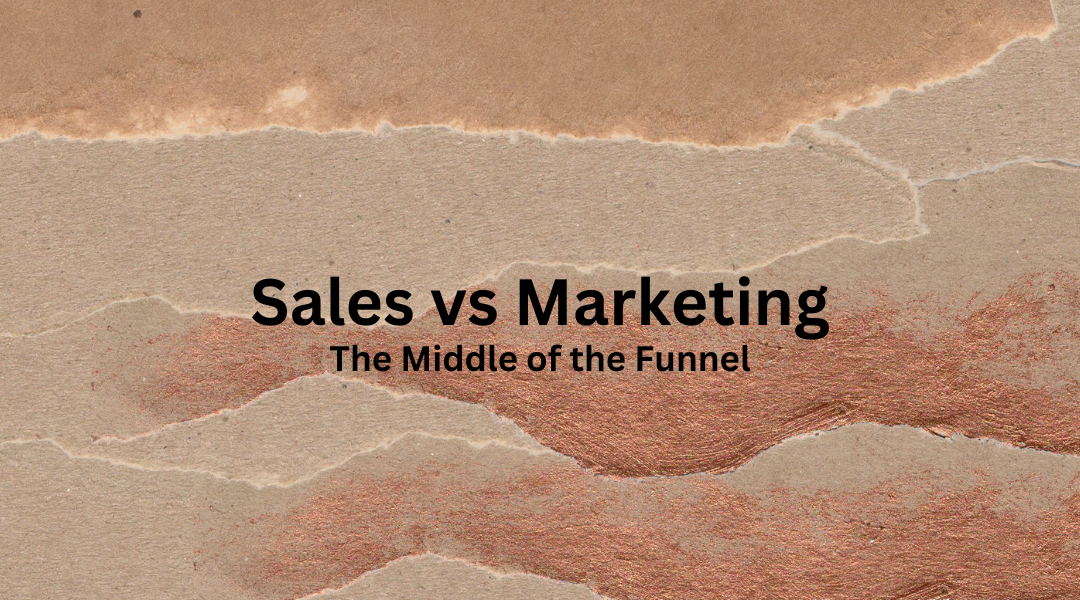In the journey of converting a lead into a customer, the middle of the sales and marketing funnel is where many businesses find themselves stuck. This stage, often referred to as the “consideration phase,” is crucial because it is where potential customers are aware of your business but are still evaluating their options. Understanding how to effectively navigate this stage can make the difference between losing a lead and securing a customer.
Understanding the Middle of the Funnel
The middle of the funnel is a critical juncture where leads have moved beyond the initial awareness stage. They know who you are, but they’re not ready to commit yet. At this point, they are considering various options, comparing your product or service to others in the market. The length of time a lead spends in this phase can vary widely—from a few days to several months or even longer. This is why the nurturing process is essential.
The Role of Marketing in the Middle of the Funnel
Marketing’s primary role in this stage is to educate and nurture leads through consistent, value-driven communication. The goal is to keep your business top-of-mind and position yourself as the best solution to their problem. Here are some effective marketing strategies for the middle of the funnel:
- Educational Content: Providing valuable content, such as webinars, case studies, and product demos, can help leads better understand your offering. This content should address their pain points and demonstrate how your product or service can solve their problems.
- Automated Campaigns: Implementing automated email campaigns that deliver targeted content based on a lead’s behavior can keep them engaged and gradually move them closer to a decision.
- Light Touch Outreach: Subtle reminders, like follow-up emails or retargeting ads, can keep your brand in front of the lead without being too pushy. The key is to maintain a presence without overwhelming them.
The Role of Sales in the Middle of the Funnel
While marketing focuses on broad education and engagement, sales takes a more direct and personalized approach. The sales team’s job is to interact with leads, uncover their specific needs, and guide them toward making a decision. Here’s how sales can effectively manage the middle of the funnel:
- Interactive Communication: Sales reps should engage in meaningful conversations with leads, asking questions to understand their unique challenges. This helps in tailoring the pitch to address those specific needs.
- Personalized Product Demos: Offering personalized demos based on the lead’s interests can significantly enhance the chances of conversion. This shows that your business is attentive to their specific requirements.
- Follow-Up Calls: Regular check-ins to see if anything has changed in the lead’s decision-making process can help move the conversation forward. This proactive approach shows that you’re invested in solving their problems.
Choosing the Right Approach: Sales vs. Marketing
The choice between a sales-driven or marketing-driven approach in the middle of the funnel depends on several factors, including the nature of your product or service and the urgency of the lead’s needs.
- Product Type: If your product is something that a person might need only once in their career, a more aggressive sales approach may be necessary to close the deal quickly. On the other hand, if it’s something that can be purchased multiple times, a softer, more educational marketing approach might be more effective.
- Problem Severity: If the problem your product solves is critical, a direct sales approach emphasizing the risks of not addressing the issue immediately can be effective. For less urgent needs, nurturing through educational content might be the better route.
Aligning Sales and Marketing for Optimal Results
One of the most powerful strategies is to align your sales and marketing efforts so that they work in harmony. When both teams are on the same page, the messaging is consistent, and the transition from marketing to sales is seamless. For example, marketing can warm up the lead with educational content, while sales can follow up with personalized outreach based on the lead’s interactions with that content.
The Importance of a Unified Strategy
The middle of the funnel is a complex but crucial stage in the buyer’s journey. By combining the strengths of both marketing and sales, you can effectively nurture leads, address their needs, and guide them toward a decision. Whether through educational content, personalized interactions, or a combination of both, the key is to keep the lead engaged and moving forward in the funnel.
Understanding the nuances of this stage and adopting a unified strategy can help your business convert more leads into customers, ultimately driving growth and success.
Book Recommendation
Check out Zig Ziglar’s Art of Closing Sales for more information on how to get to a yes with clients and increase your close rates. Sales is something that you do for the prospect and not something you do to the prospect!



